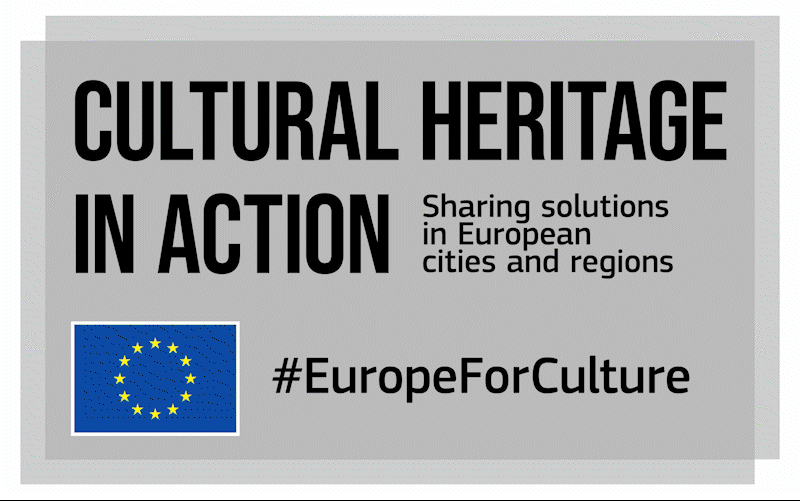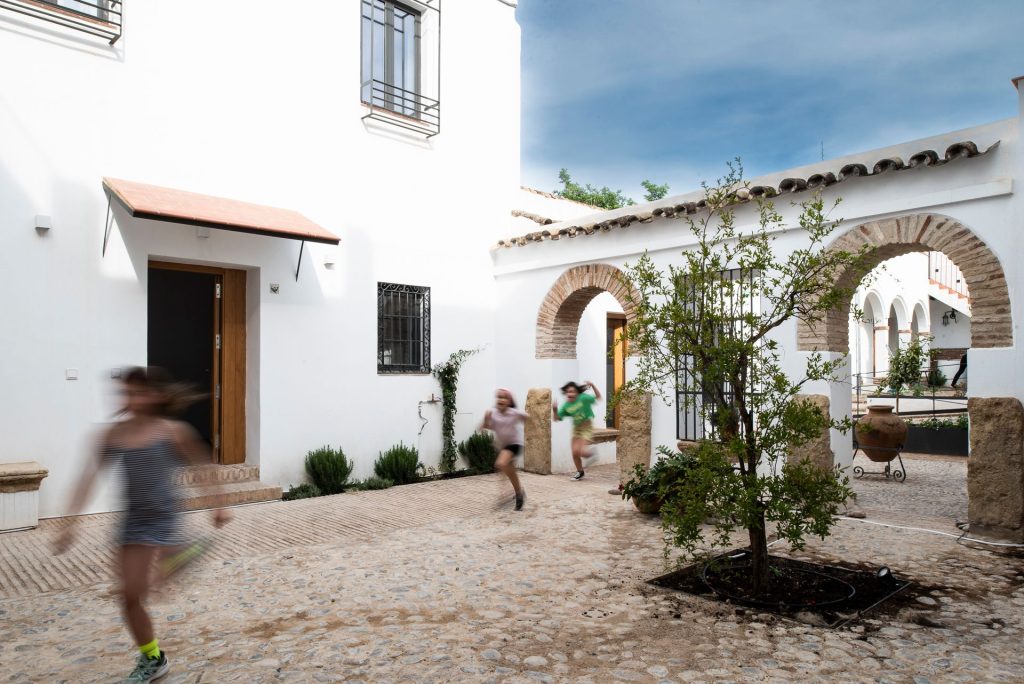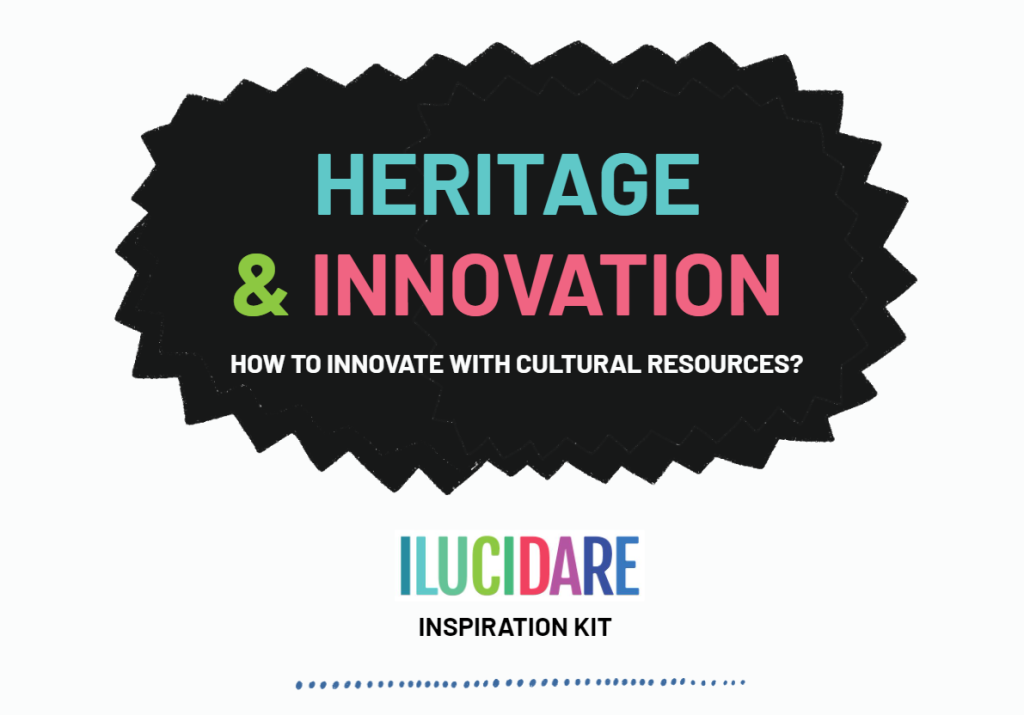We are thrilled to share the key findings from Cultural Heritage in Action! Our brand new publication captures the main trends on cultural heritage management in European cities and regions. It is mainly aimed at policymakers from European cities and regions, staff from national and European administrations working in the field of culture and cultural heritage, and heritage practitioners.
Cultural heritage in European cities and regions is at the core of our identity. Local policymakers and stakeholders have also increasingly acknowledged its role in economic and sustainable development and people’s quality of life.
For 18 months, the peer learning programme Cultural Heritage in Action allowed exchange on cultural heritage as a key to Europe’s future and a crucial resource and strategic asset for cities and regions’ sustainable development. Throughout its activities, Cultural Heritage in Action had an important impact on capacity building in cultural heritage-led development in European local and regional administrations as well as for stakeholders.
In a new publication “Cultural heritage: a powerful catalyst for cities and regions”, we present the key findings from Cultural Heritage in Action. The publication captures the main trends identified during the project (identification of good practices and peer-learning visits) and articulates key learning points, for both policies and projects.
Climate change, social inclusion and economic competition as well as global megatrends such as rapid urbanisation, digitalisation and individualisation are the chief challenges that cities and regions face. Cultural heritage is key to solving these challenges as it encourages experimentation, stimulates participation and responsibility and rewards a multisectoral approach.
Cultural Heritage is an opportunity and an invaluable resource for European cities and regions; it contributes to economic development, social cohesion, and citizens’ sense of place across Europe. Cultural heritage and cultural environments are an essential resource to build identity and a sense of belonging and can serve social cohesion, pride and integration.
But if cultural heritage is an invaluable resource, it also needs to be adequately nurtured, managed and sustained. In “Cultural heritage: a powerful catalyst for cities and regions”, you will also find out what are the 10 steps to sustainable local cultural heritage policies to ground your heritage policies on a robust understanding of your local ecosystem, the main heritage resources you have and how you can make the most of them.





